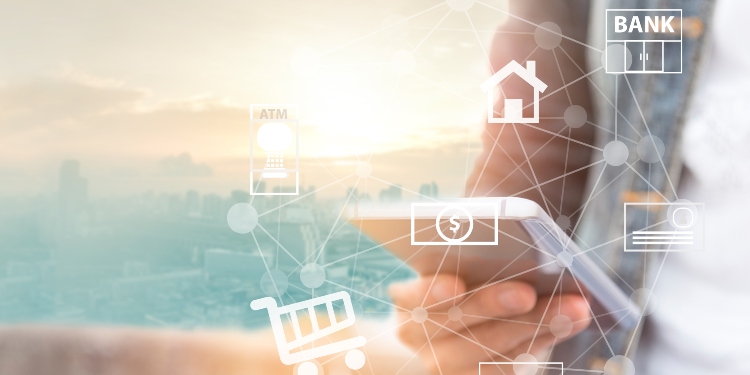International transactions have begun to take on a life of their own thanks to how quickly technology is continuing to evolve. It “pays” to take a look at some of the latest trends, and how these are slated to impact the global financial ecosystem.
The Role of Flexible Architecture
It would be a mistake to assume that contemporary international payment systems have adopted a “one-size-fits-all” mentality. On the contrary, this architecture is inherently agile, and capable of adapting to the needs of the user (or organisation) in question. As business requirements change, the software can likewise be modified within real-time scenarios. Without this level of flexibility, services that function well today could become redundant in the future.
Border-Less Payment Solutions
Another issue that has come to define modern payment gateways is associated with their ability to circumvent many issues that would once hinder international transactions. One popular example of this sense of malleability can be seen in SWIFT banking codes (1). Without this level of cross-border uniformity, it would be much more difficult (and time-consuming) to make everyday payments. Not only does such a system provide innumerable benefits to businesses, but consumers can easily transfer funds while abroad.
The Rise of Cryptocurrencies
Another somewhat recent advancement in relation to POS (point-of-sale) platforms involves the integration of cryptocurrencies such as Bitcoin and Ethereum. While these tokens were nothing more than novel investment opportunities a handful of years ago, they now represent viable payment alternatives. Cryptocurrencies also provide several inherent advantages. The ability to avoid unpredictable exchange rates and the anonymous nature of the blockchain are two pertinent examples. It is likely that crypto-friendly international transactions will continue to gain ground.
E-Commerce is Set to Dominate
Industry analysts agree that e-commerce is yet another trend that should continue to transform the entire international payments sector (2). This makes a great deal of sense when we remember that consumers have come to rely on the Internet when performing countless purchases. POS systems will therefore need to become even more user-friendly while still offering the same level of practicality that customers expect.
Possible Hurdles to Overcome
There are still some challenges that may need to be faced. One possible example involves ensuring superior levels of transparency and compliance. Emerging marketplaces such as Asia and Africa will need to address issues such as personal data protection while adhering to regulatory frameworks (including GDPR guidelines).
Either way, we are now living in an age that has become defined by lightning-fast international transactions. The digital future looks bright, and consumers should benefit as a direct result.
David Prior
David Prior is the editor of Today News, responsible for the overall editorial strategy. He is an NCTJ-qualified journalist with over 20 years’ experience, and is also editor of the award-winning hyperlocal news title Altrincham Today. His LinkedIn profile is here.












































































